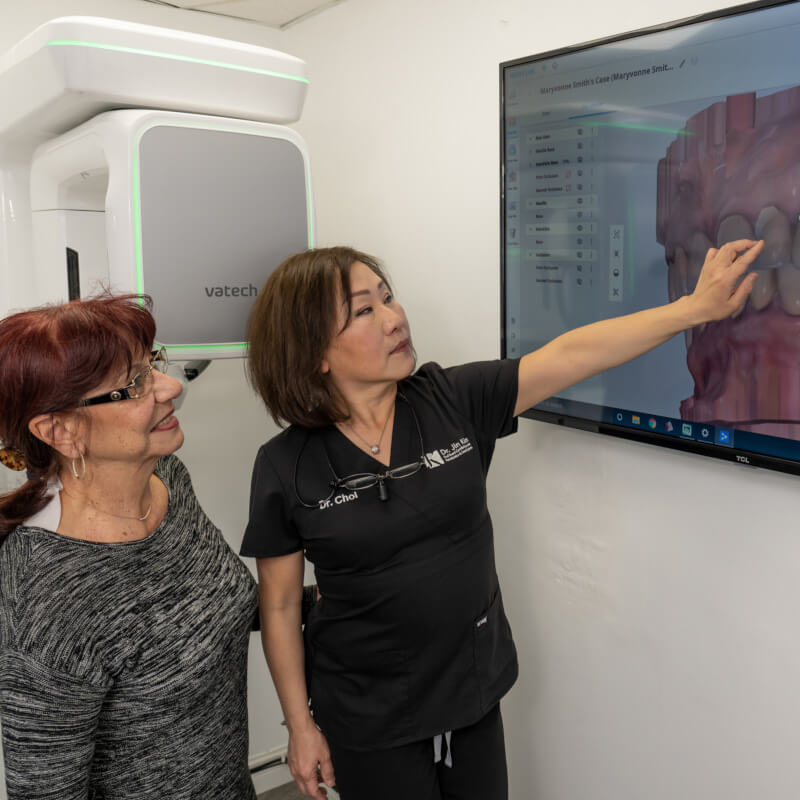(909) 860-9222
Diamond Bar Office
(714) 898-8757
Garden Grove Office
Diamond Bar Office
Garden Grove Office
Several signs of periodontal disease include bleeding gums, loose teeth, bad breath, and recessed gums. Recessed gums occur when your gums begin to pull away from your teeth, exposing your tooth’s root. Gum grafting is an effective treatment that replaces lost soft tissue and restores your oral health.
Dr. Kim is a periodontist with extensive experience performing bone graft procedures. With a treatment plan that meets your needs, Dr. Kim can renew your gum line and prevent gum disease from advancing.
Gum grafting is a surgical procedure that involves a periodontist using soft tissue from another area of your mouth, usually your palate, to replace thinned or recessed tissue near your teeth. It is usually performed by a periodontist.
Dr. Kim will conduct a thorough oral examination of your teeth and gums. If you have tooth sensitivity, inflammation of the tissue, exposed roots, or noticeable dark indentations around your gum line, you may need tissue grafting. At your consultation, Dr. Kim will discuss his findings and recommend the type of gum grafting procedure that will work best for you.
Dr. Kim performs three types of gum grafting procedures. Here is an overview of the options available.
This is the most common type of graft used for gum recession. The procedure involves cutting a flap of tissue from your palate and harvesting the center layer of connective tissue for grafting.
Like the connective tissue graft, the free gingival graft also uses soft tissues from the palate. However, it uses both the center connective tissue and the outer layer of tissue.
If you still have enough tissue near the area of your recessed gum line, Dr. Kim can use this tissue instead of tissue from your palate. During the procedure, the nearby tissue will be cut into a flap that can be sutured over the recessed area.

During your gum graft surgery, an outside general anesthesia with a sedation doctor will give you local anesthesia or sedation to ensure your comfort.
Dr. Kim then prepares the site of your gum graft by making an incision in your gums. He harvests the gum graft and sutures the location where he took the tissue. He places the gum graft in the area of recession, repositions your gum tissue, and places sutures.
Recovering from your gum graft surgical procedure could take up to one to two weeks. It’s important to follow all post-operative instructions including medications to take, how to care for the gum graft location, and what foods you can eat as your recovery progresses.
Once Dr. Kim says it’s safe to do so, you’ll be able to resume normal oral hygiene practices and eat your choice of foods.
If you suspect your gums are receding, it’s important to see Dr. Kim right away. He can monitor signs of gum disease and recommend a gum graft procedure if it’s right for you.